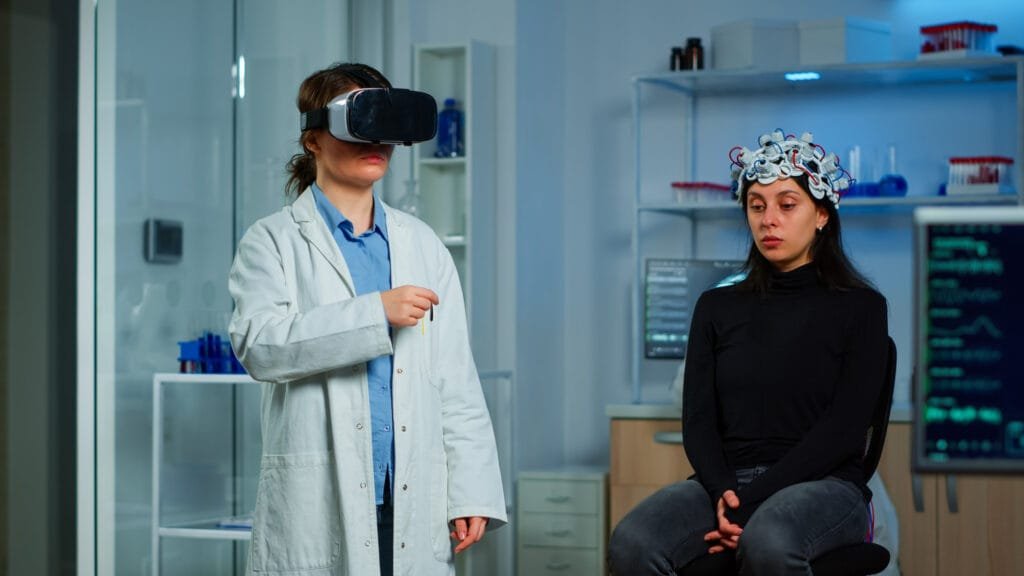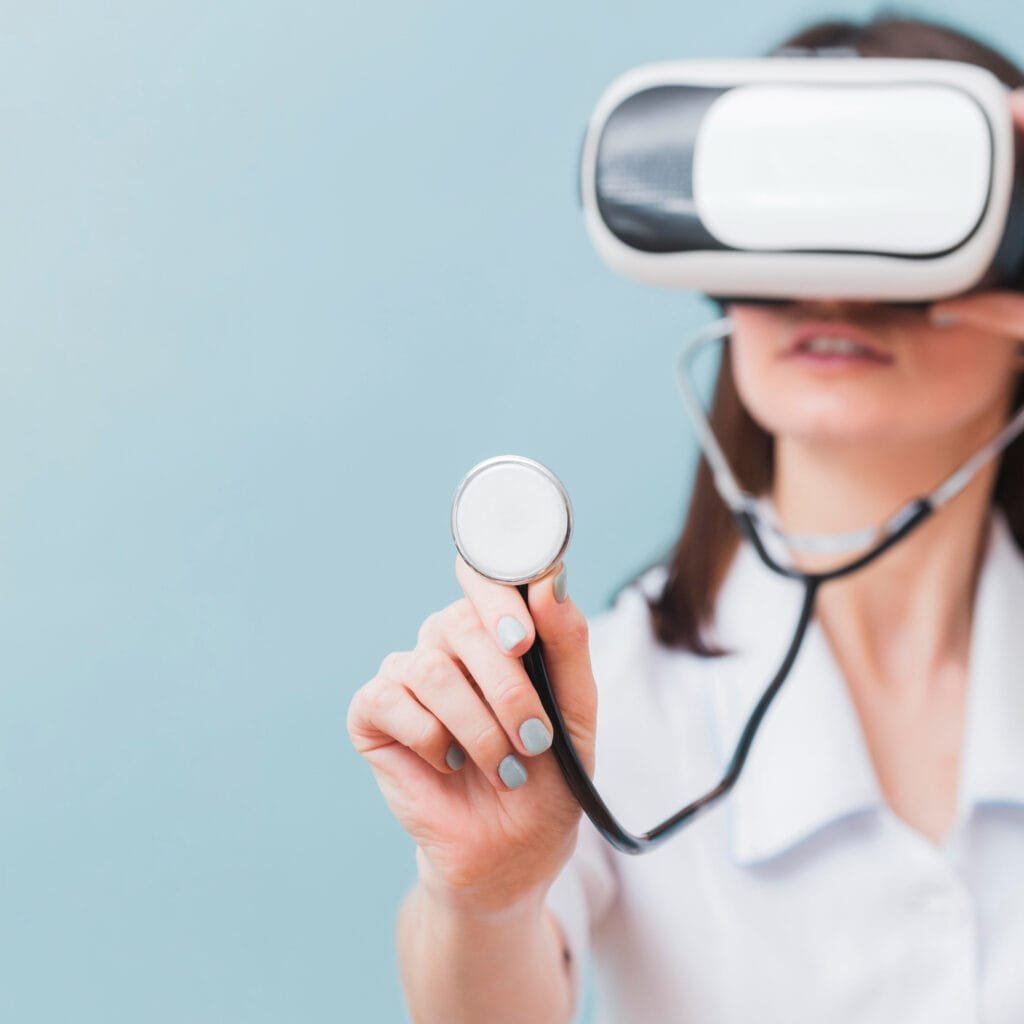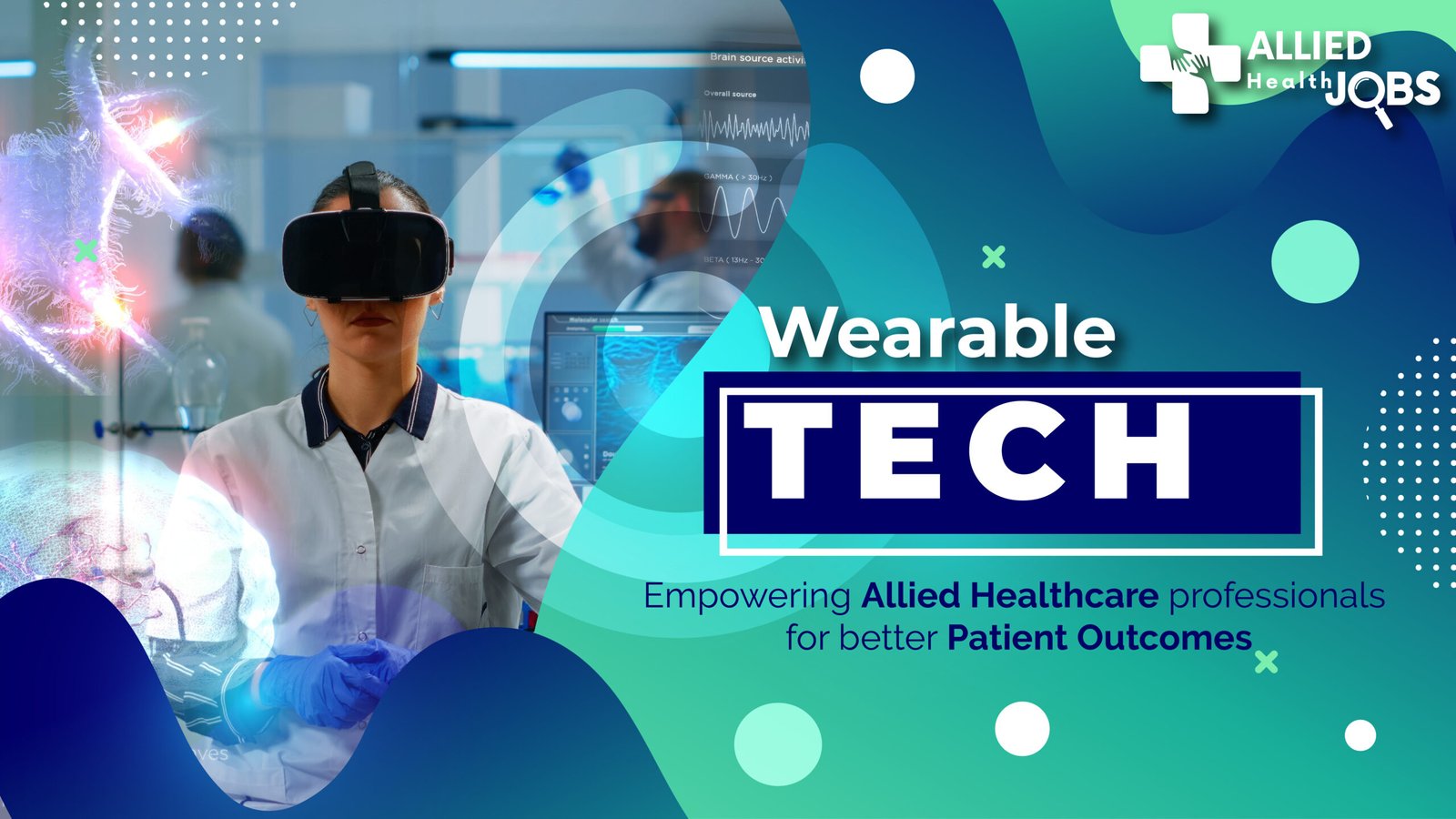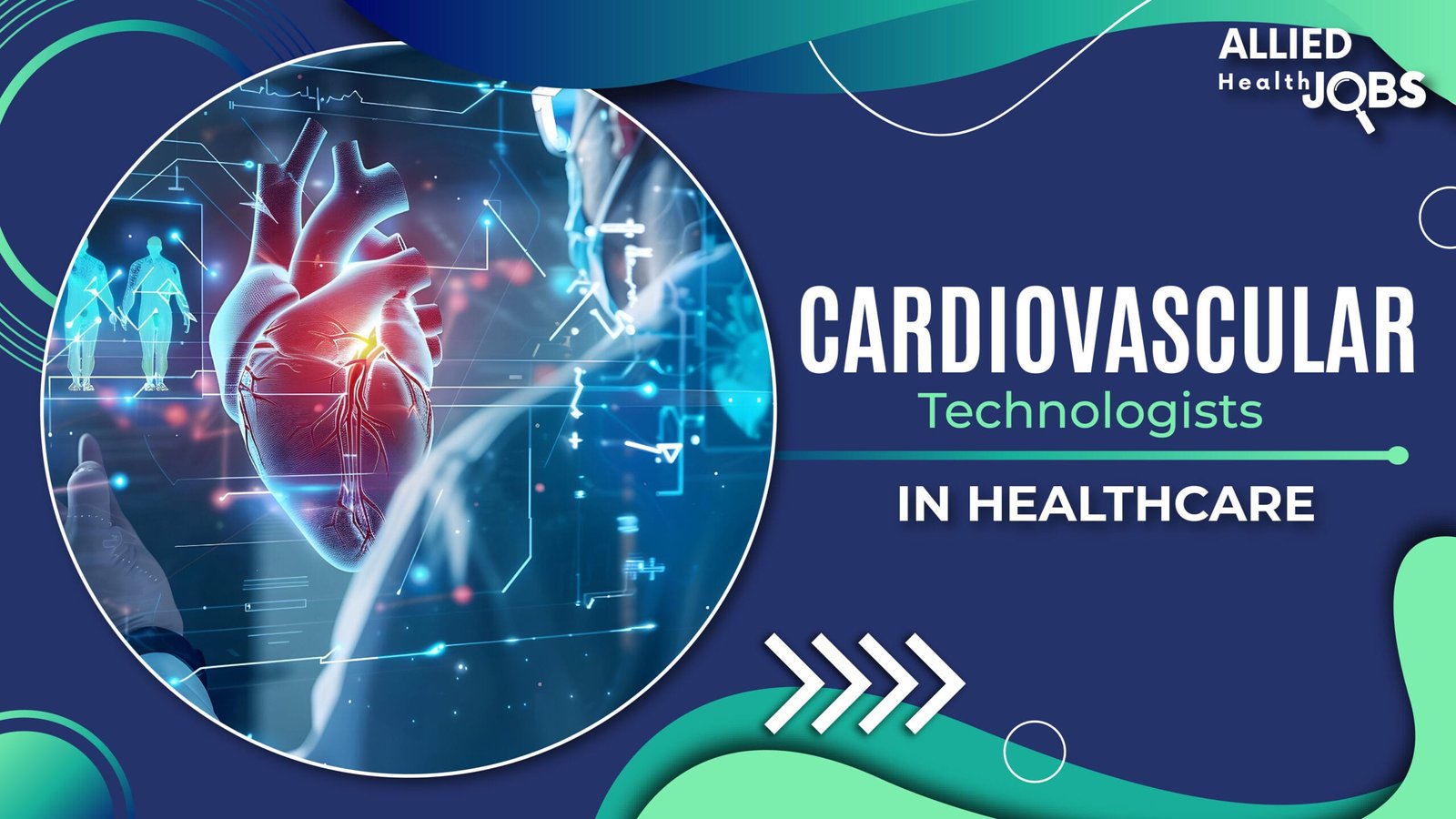Table of Contents
ToggleRemember when watches were cool because, as people often remind me, they told the time? Well, those are the good old days. Today, the gadget on your wrist may save your life or at least help you live a healthier one. Here is what you can look forward to in the new world of wearable technology in healthcare: your Fitbit is more than just a step counter, and your smartwatch is almost a mini doctor’s office.
So what does this mean to the allied health professional? Buckle up, as we now enter the exciting world in which tech and health intersect and explore how these nifty gadgets transform the game for both patients and healthcare professionals.
The Rise of the Machines ( that we wear )
Let’s be honest: wearable technology is everywhere. From marathon-running fitness junkies tracking their daily runs to octogenarian grandparents monitoring their heart rate, these devices are at least as omnipresent as smartphones. Yet in healthcare? They’re not merely trendy-they’re transformational.
What Defines a Wearable in Healthcare?

We are talking about wearable health devices. As you might expect, this is a pretty broad category. Certainly, we have smartwatches and fitness monitors on our hands, but it includes much more than obvious candidates like those. The category includes:
- Continuous glucose monitors for diabetics
- Smart clothing with embedded sensors
- Wearable ECG monitors
- Smart hearing aids
- Posture-correcting devices
- Physiological feedback devices, including heart rate monitors
- Bioreactants, biocatalysts, and biosensors
- Implantable devices
The list keeps growing larger than you can say “technological innovation.”
From Fitness Fad to Medical Marvel
From a basic step-counting fitness monitor to complex health monitoring, the devices evolved in ways no one thought they ever would. The monitoring devices are now capable of sensing irregular heartbeats and patterns of sleep, and sometimes can even predict health issues before they become critical problems.
Impact on Patient Care: A Revolution Led by Data
Now, let’s get down to brass tacks: how are these gadgets really changing the way we care for patients? It’s one thing to talk cool tech; it’s another thing entirely to know what we’re doing with all the information these devices are here to share.
Real-Time Monitoring: The Game-Changer
As an example, a doctor does not have to ask how you have been feeling since they know. Continuous, real-time data about the patient’s vital signs and activities is now being provided by wearable devices.
For Chronic Conditions
Take diabetes management, for example. Continuous glucose monitors can alert patients and their health providers to potentially perilous blood glucose levels before these rise into a dire state. That’s not just convenient-it’s lifesaving.
Preventive Care
Wearables are also proving invaluable in preventive care. By monitoring things like heart rate variability and sleep patterns, for instance, these devices may help identify what could become serious health problems before they do.
Empowering Patients: The DIY Health Movement
One of the cool aspects of wearable technology in healthcare is its ability to empower patients to take control of their health.
Knowledge is Power
When patients get direct access to their health data, they are far more likely to make informed lifestyle decisions and healthcare decisions. Having a personal health coach right on your wrist is almost too good to be true.
Motivation Station
Let’s be honest-the simple fact is that sometimes we all need a little push toward making healthier choices. Wearables give us that push, reminding us to stand up and move, and celebrating with us when we hit our exercise goals.
Wearables and Allied Healthcare Professionals: A Dynamic Duo

Now you may think, “Excellent. But then how about us healthcare professionals? “Well, don’t clutch your stethoscopes tightly because wearable tech also brings significant benefits to allied healthcare professionals.
Simplifying Patient Care
Wearable devices make it easier for allied healthcare professionals to access copious amounts of data about patients which will enable them to better deliver their services customized to patient needs.
For Physical Therapists
They can monitor the movement and progress of a patient outside of therapy sessions. The services provided by wearable tech enable targeted and effective treatment plans.
For Respiratory Therapists
Wearable devices monitoring lung function and oxygen levels provide invaluable insights that help respiratory therapists adjust treatments more precisely.
Improving Communication
Wearables are also enhancing communication between allied healthcare professionals and patients. With real-time data now being shared, allied healthcare professionals will never lose track of their patients by merely keeping away from appointments.
The Occupational Health Angle
While it’s not all about patient care, wearable tech is also about the well-being of the allied healthcare professionals themselves.
Stress Management
Let us face it – healthcare is a stressful field. Monitoring wearables, which recognize when a worker is stressed and offer to remind the worker to relax, can assist allied healthcare workers in managing their well-being.
Ergonomics and Safety:
Attire that contains sensors monitoring posture will prevent workers in allied healthcare from taking long periods on their feet or even lifting the patient, ultimately providing workers with enhanced safety in healthcare practice.
Challenges and Considerations: It’s Not All Smooth Sailing
Of course, no technological revolution comes without its challenges. As we embrace wearable tech in healthcare, here are a few key issues that must cross our minds:
Privacy and Security:
With all this personal health data floating around, the issues of privacy and security are a major concern. Patient data needs to be protected, and healthcare providers must take great care that such data is not used unethically.
Data Overload:
More data is not inherently better if we don’t know how to effectively use it. Allied health professionals need education about how to interpret and act on the information that wearables are providing.
The Digital Divide:
Not everyone has access to or is comfortable using wearable technology. We need to pay attention not to create or exacerbate healthcare disparities.
Embracing the Wearable Future
As we have seen above, wearable technology is more than just the buzz surrounding it; it is quite a powerful tool changing the allied health professional approaches and how the outcome is reached. All from empowering the patients to take control of their health to new insights and capabilities the healthcare providers obtain through these devices are paving the way for more personal, proactive, and efficient healthcare.
The challenges may be there; however, the benefits it holds are too large to be ignored. As allied healthcare professionals, embracing this technology and learning how to utilize the system effectively will be the way forward to providing the best care achievable in the following years.
So whether you are a tech nerd or a Luddite, today is your chance to board the wearable tech train. Your patients—and your practice—will thank you for it.
Want to stay on top of the latest in wearable technology and more in allied health? Like us on social media for jobs, industry insights, and tips on how to incorporate these new technologies into your practice. The future of healthcare is literally in the palm of your hand!
Follow us on Social Media: LinkedIn | Facebook | Twitter | Instagram











